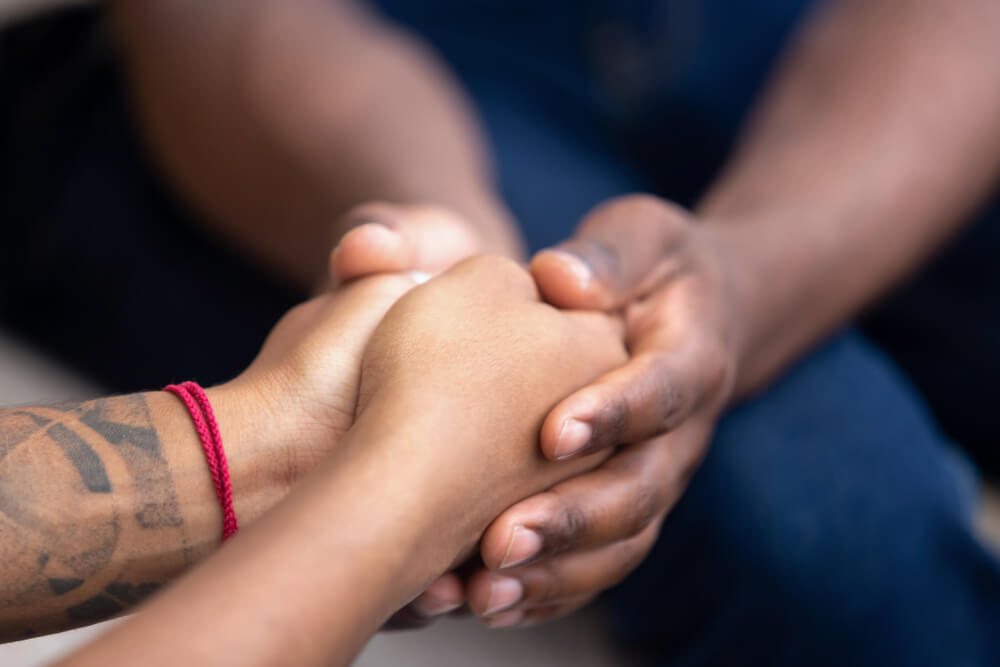Statistics of Drug Addiction in California
Drug use in the state of California has been steadily on the rise, along with the rest of the country, with an alarming rise in fentanyl-related overdose deaths. The Covid-19 pandemic has caused an even higher rise in drug abuse numbers, due to the stress and uncertainty, loss, and fear that swept the nation. The good news for those affected by drug addiction is that California residents can access plenty of options for drug rehabilitation. From safe detox programs to inpatient and outpatient rehab plans, a customizable treatment program can help you quit abusing alcohol and drugs and regain your true sense of self and your health and mental wellness.
Nearly 8% of the people living in the state of California can be said to have a substance use disorder, abusing one or more substances to the point of physical dependence and addiction, but only 10% of those people are receiving treatment. Most of these people are 18-25, and may not have the knowledge or support system available to them to get the help they need.

The most abused substances in California are prescription drugs, benzodiazepines, cocaine, alcohol, heroin, and meth. According to the National Institute on Drug Abuse (NIDA), in 2021, 6.4% of the population of California had an alcohol use disorder, 3.3% had an addiction to illicit drugs, and 0.6% were addicted to prescription pain medications (opioids like Oxycontin, morphine, fentanyl, or hydrocodone, for example), with 5.2% of people aged 18 to 29 misusing prescription drugs casually or chronically. According to the California Health Care Foundation, over 4700 deaths occurred in the state due to prescription drug abuse in 2016, a statistic that has continued to rise over the past seven years.
Overdose deaths in California due to fentanyl have risen from 3% of overdose deaths in 2013, to 51% in 2020, a staggering rate as the production and integration of fentanyl into any and all types of street drugs has intensified over the years. Another cause of death due to opioids was misusing them along with alcohol or benzodiazepine drugs, causing respiratory failure.
Some further interesting points regarding the importance of centers for drug rehabilitation in California include:
- Alcohol is the number one abused substance in the entire country, with 1 in 12 American adults currently abusing alcohol, and over half of Americans over the age of 12 have consumed alcohol in the past month.
- Affluent men (earning $75,000 or higher per year) are the demographic most likely to binge drink alcohol
- Cocaine dependence and addiction have been one of the main issues seen during rehab admissions, totaling 4% of all admissions in San Diego, and 6.8% in Los Angeles County
- 0.4% of all Californians are currently struggling with heroin addiction
- ER visits for issues related to methamphetamine abuse rose by 600% in San Francisco between 2011 and 2016.
These statistics are all important indicators that anybody can become addicted to drugs and alcohol. It is not a moral failing, nor is it an issue that can be easily solved by just “putting your drink down” or “trying really hard”. A person with a substance use disorder requires safe and effective treatments, in a tailored program that will address their unique needs. Holistic treatment in a comprehensive, holistic program that treats each person as an individual, not “an addict”, with structure, support, and a variety of treatments and therapies will give each patient the best possible chance of regaining their physical, spiritual, and mental health, and taking back control over their lives.
15 Signs of Drug Addiction
It may not always be easy to admit that you have developed an addiction. In fact, nobody starts drinking or using drugs thinking they want to become an addict. It usually starts out with casual use, due to curiosity, boredom, or wanting to fit in with a social group, and then the brain’s chemistry changes, and it becomes a complex labyrinth of cravings, withdrawal symptoms, and new behaviors that become a substance use disorder.
Nobody is immune to addiction. Depending on the substance you are using, addiction can sometimes occur in just a few uses. It is different for everybody, without one single root cause, and can involve underlying pain and trauma, genetics, the environment in which you grew up, behavioral issues, mental illness, and other facets.
Drugs also affect the brain itself. Each drug has its own unique effects on brain chemistry, making changes to the reward centers of the brain after entering the bloodstream. This causes a flood of feel-good neurotransmitters (like dopamine) which give the user pleasant, euphoric sensations. At first, people who use drugs do so because they feel good, but after a while, they begin to feel like they need the drug. The brain becomes accustomed to the chemicals being in the blood and slows its own production of these neurotransmitters along with other changes. This causes withdrawal symptoms to occur if the drugs are not used consistently. Drug use stimulates the reward system repeatedly until habits form, behaviors change, and drug addiction is solidified.
Some of the signs of drug addiction that should not be ignored include:
- Developing a tolerance over time, means you need to take more of the substance to feel its effects
- Drinking or using drugs in secret, hiding your use from loved ones and friends
- Avoiding loved ones and friends, and/or spending more time with other drug users
- Spending a lot of time thinking about the drug, where you are going to get it, and when you can next use it
- Feeling off, sick, strange, or feeling unable to get through the day without drinking or using drugs
- Spending all your money on drugs and alcohol, even if you haven’t paid your bills yet
- Borrowing or stealing money to pay for drugs, or taking other people’s medications
- Missing class or calling in sick to work because of a hangover or because you are high or drunk
- Continuing to take prescription medications when you no longer need them
- Using prescription medications in ways not prescribed by a doctor, like crushing and snorting pills or taking more at one time than was prescribed
- “Doctor shopping” in the case of prescription drugs, so you can get more than one prescription
- Losing interest in your hobbies and regular activities in favor of drug use
- Having difficulty doing everyday tasks like taking care of your hygiene or cleaning the house due to being high, or being hungover
- Continuing substance abuse even when it negatively affects your work, friendships, relationships, and health
- Being unable to stop using the drug even when you really want to, and experiencing withdrawal symptoms when you try to cut back
Common drug withdrawal symptoms may include:
- Nausea, vomiting, and diarrhea
- Body aches and pain, headaches, muscle cramps, and joint pain
- Shaking or trembling
- Anxiety and irritability
- Appetite and sleep changes (either insomnia or sleeping too much)
- Fatigue
- Sweating uncontrollably
- Confusion
- Seizures
- Hallucinations
- Delirium tremens (in the case of alcohol use disorder)
- Depression with or without suicidal thoughts
- Serious drug cravings that can feel impossible to ignore
If you have noticed these signs and symptoms of drug addiction in yourself or a loved one, all hope is not lost. Addiction is a treatable disease that requires a comprehensive care program, with integrated therapies to heal the mind, body, and spirit together, within a program that addresses social, practical, and psychological needs, as well as provides relapse prevention skills and case management services during drug rehabilitation. California treatment plans will also often include spiritual practices and alternative therapies like yoga or meditation to help patients rebuild their body-mind connection.
